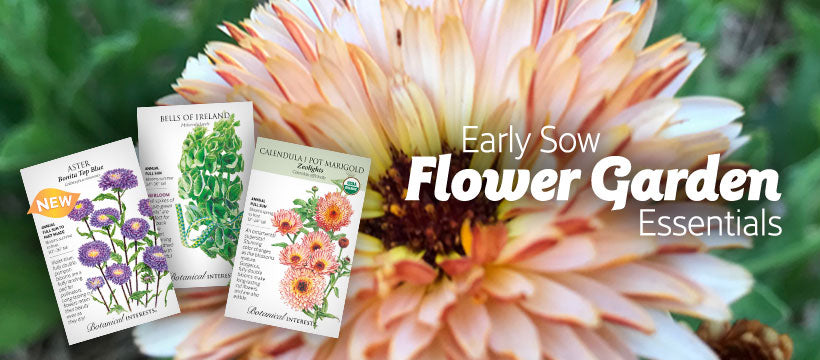Answers To The Most Asked Questions About Sprouting Your Own Healthy And Delicious Seed At Home
Is it necessary to disinfect the seed?
Although disinfecting seed is not necessary for sprouting, we recommend disinfecting your seeds prior to sprouting, because if not properly disinfected, all seeds have the possibility of carrying foodborne pathogens. To ensure you are purchasing the safest possible sprouting seeds, a sample from each lot we receive is sent to an independent laboratory where it must test negative for foodborne pathogens including Escherichia coli (E. coli), Salmonella, Listeria, and Staphococcus aureus (staph). For maximum safety it is recommended that you disinfect the outside of your seeds and your sprouting container prior to sprouting.

There are many methods of seed preparation ranging from rinsing with hot water or soaking in hot hydrogen peroxide, to washing with vinegar, a diluted bleach solution, or grapefruit seed extract. The current recommendation to use in the home from the University of California-Davis is to treat seed by heating on a stove for 5 minutes in a solution of 3% hydrogen peroxide (available in grocery stores) at 140°F. It is important to maintain this temperature using a clean, accurate cooking thermometer. Exceeding this temperature may damage or kill seeds resulting in poor germination. Remove seed and rinse under running room temperature water for 1 minute. Discard the hydrogen peroxide solution and do not reuse. For more information see the publication 8151 Growing Sprouts at Home.
To reduce the risk of contamination in the home we recommend that sprouts are grown in clean, sanitized containers away from areas of other food preparation and pets. People in high-risk categories such as children, pregnant women, the elderly and people with weakened immune systems are advised not to eat raw sprouts.

What is the "white stuff" growing on the roots of my sprouts?
The appearance of roots can sometimes surprise us, because they're usually underground where we can't see their complex structure! Some seed varieties produce roots with amazingly fuzzy white hairs that appear in a mass. (Radish and broccoli are good examples.) These white roots are natural and are not mold or fungus.
How long before the sprouts are ready to eat?
In general, sprouts will be ready to eat within 2–10 days after you start the sprouting process, read your seed packet for guidance. Most beans are eaten just as or even before the roots have emerged, while other seeds can be allowed to grow longer. By tasting them daily, you can choose the most perfect stage of texture and deliciousness for you.
How long can sprouts be stored in the refrigerator?
After your sprouts are the desired length, they should be placed in the refrigerator 6–8 hours after your last rinse. The cooler temperature will slow their growth process, so they remain at your favorite harvest size for a longer period. It is best to eat them within one week for optimum freshness.
How do I know if my sprouts have reached the end of their lifespan?
If you see, smell, or taste any sign of declining freshness, it's time to toss the lot; clean and disinfect your sprouter before starting a new crop.
How can I prevent some of my seeds from falling through the slits in the tray?
The slits were made to be very small while still allowing drainage and air circulation. Even so, some of the tiniest seeds may fall through. Pre-soaking seeds in water before placing them in the tray will allow them to plump up a bit so they'll be less likely to fall through.

How can I prevent the seeds from escaping from underneath the divider into the adjacent section?
Check to see if you have the divider "foot" facing down. If the divider is placed properly, it will go all the way to the bottom of the tray and prevent seeds from mixing.
What is the best way to rinse the seeds when using multiple trays?
There are two easy methods to choose from:
1. Pick the trays up together, leaving the water diffusing lid on but not the base. Hold the stack of trays under the faucet and let at least 6 cups of water rinse all the way through. Then replace the trays on top of the base.
2. Pour 2 cups of water through the water-diffusing lid then empty the base. Repeat three times.
Are the seed roots supposed to go through the floor of the tray?
Yes, this is normal. Roots naturally grow downwards and naturally seek out the slits because they are looking for the path of least resistance. The slits in the tray allow for water drainage and air circulation that is important for healthy root development.
What is the best way to clean the tray?
Hand washing is the preferred method. As with most types of sprouting trays, some of the roots, seeds, or seed hulls may get lodged in the drainage slits. A gentle scrubbing with a bristle brush may be necessary to remove them. Use warm, soapy water with a soft cloth, followed by rinsing with clean running water.


